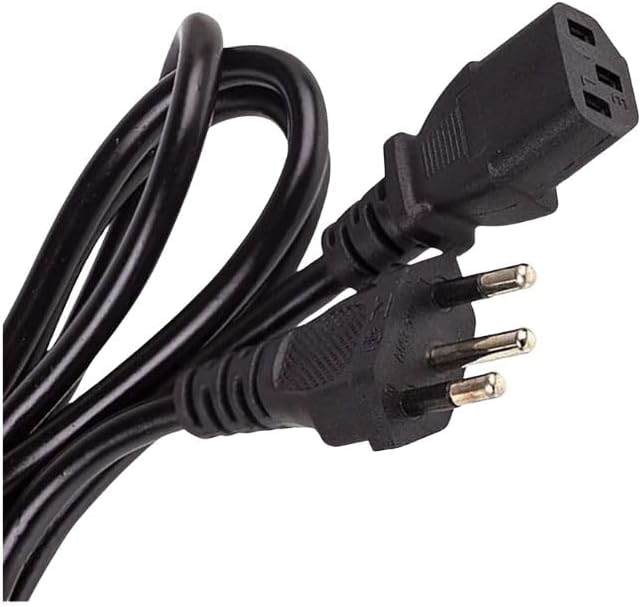
Advantages and disadvantages of different wire materials and application scenarios: PVC, low-smoke halogen-free, silicone, Teflon comprehensive analysis
I. Why is the choice of wire materials important?
Wire is not only the “blood vessels” of electrical equipment, but also directly affects the safety, performance and service life. Different materials in the wire temperature resistance, environmental performance, softness, there are significant differences in price. Wrong choice may lead to overheating, short circuit or even fire hazards.
Common power cord materials currently on the market include:
PVC wire (Polyvinyl Chloride)
Low Smoke Zero Halogen wire (LSZH)
Silicone rubber wire (Silicone Rubber)
Teflon wire (Teflon, PTFE/FEP)
In this article, we will comprehensively analyze the characteristics, advantages and disadvantages of these four wire materials, applicable scenarios and price comparisons, to help you quickly find the right cable solution.
Second, a comprehensive analysis of the four wire materials
1. PVC wire: the most commonly used, the most cost-effective
**PVC wire (Polyvinyl Chloride)** is currently the most popular cable material for most home appliances and office equipment.
Pros
✅ Low cost, economical
✅ Good insulation, acid and alkali resistance, oil resistance
✅ Flame retardant performance can meet daily needs
Disadvantages
❌ Average high temperature resistance (70℃~105℃)
❌ Contains halogens and releases toxic fumes when burning.
Application Scenarios
Household appliances (TV, fan, rice cooker)
Ordinary AC power cords, extension cords
Low-voltage cables
Price range
Cheapest, suitable for mass production
Keyword layout: PVC wires, PVC power cords, household cables, economical wires
2. Low Smoke and Halogen Free Wire (LSZH): The Preferred Choice for Safety and Environmental Protection
Low Smoke and Halogen Free (LSZH) wire means that the insulation and sheath are halogen free, no corrosive gases will be released during combustion, and the amount of smoke is extremely low




